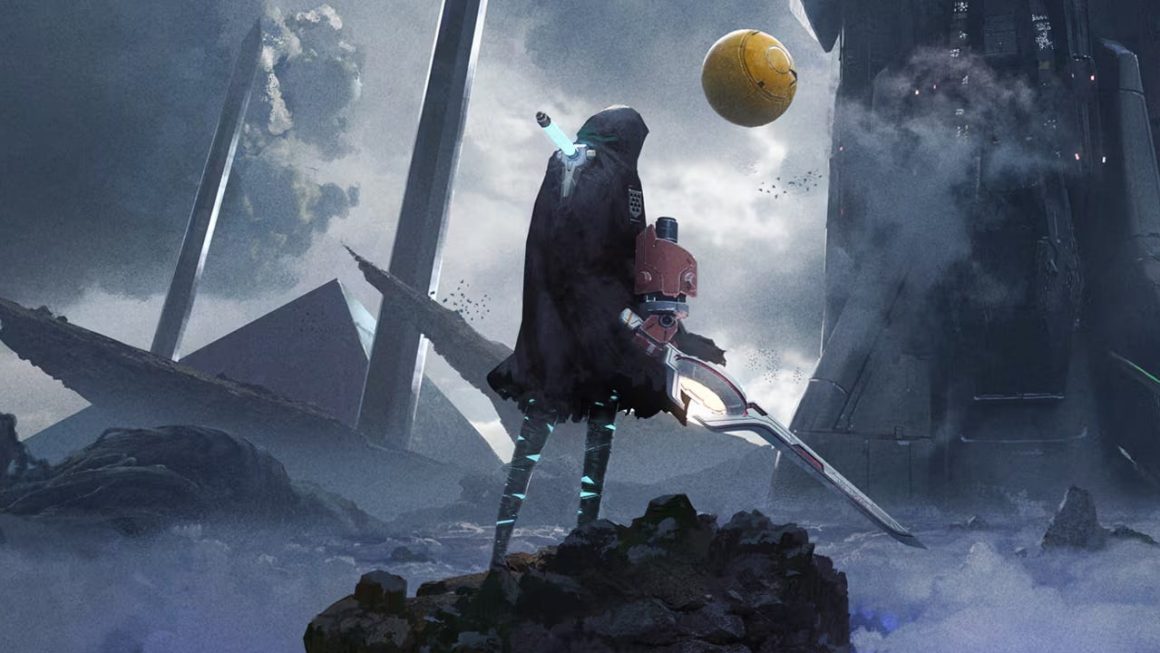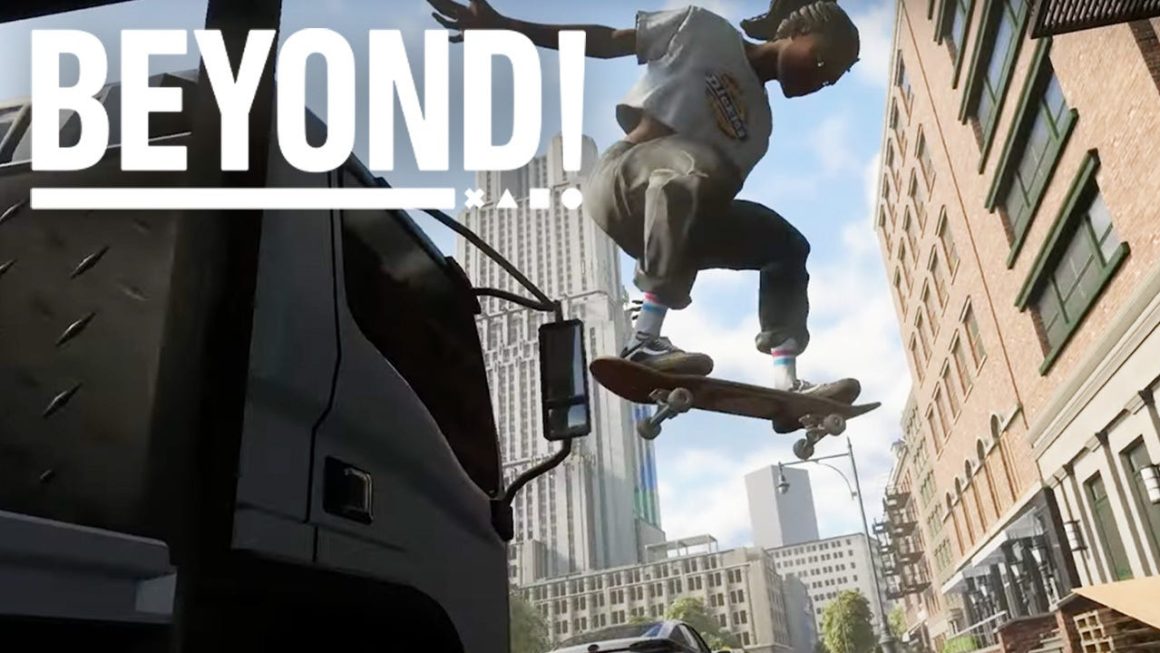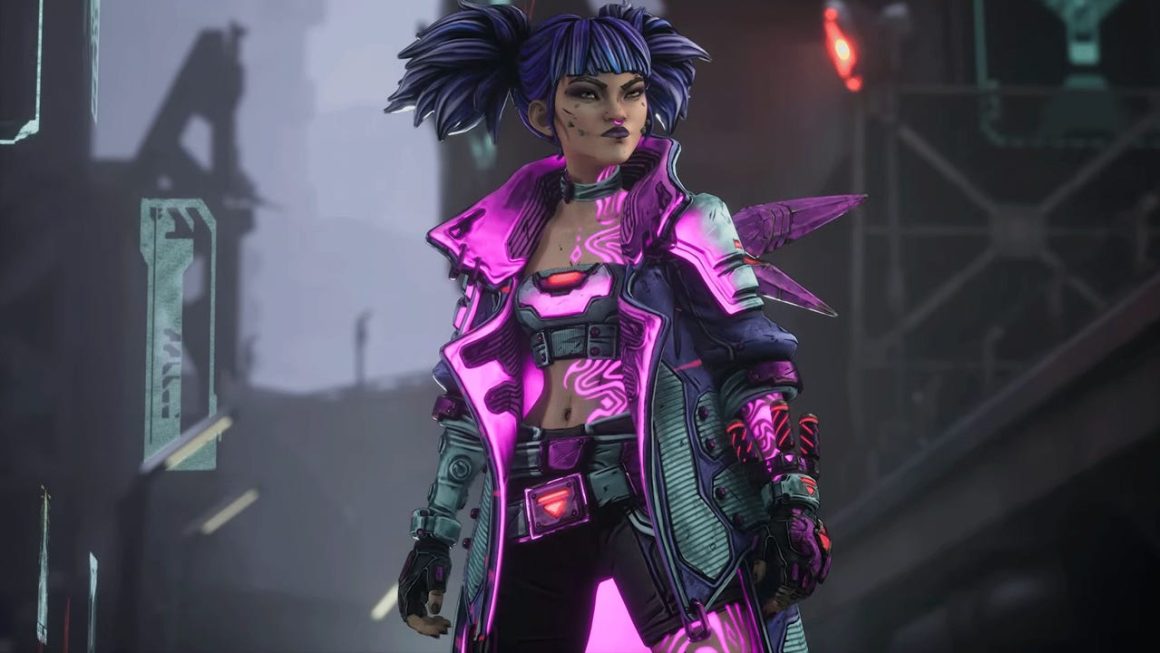Remember Secret Level, that Amazon Prime mini-series of short films inspired by popular video games? You know the episode that recast Pac-Man as a marooned warrior abducting strangers to help it fight its way out of a prison planet? Well, Bandai Namco fleshed that idea out into a lengthy metroidvania called Shadow Labyrinth – a rare Street Fighter: The Movie-type beat – and this bizarre reimagining of the industry’s oldest eater has been a truly challenging experience for me so far. Not necessarily because it’s difficult, as it’s not a cake walk but I’ve thrown myself against the rocks of more tortuous games in the past. No, my biggest struggle after 10 hours with it has been with staying interested in Shadow Labyrinth’s cryptic, slow, and frankly boring story while also fighting through some brutal checkpointing.
I’m not completely against the idea of a gritty reboot of Pac-Man in theory, but the execution here has not made a great case for it in practice at this point. The story, which drapes you in the rags of Puck’s (read: Pac-Man’s) sword swinging goon, sort of exists around you. It makes some sense given you’ve woken up without any memories or understanding of the wreckage of war that you’re being lead through by your scheming yellow companion, but Shadow Labyrinth’s insistence on making you stand around and watch broken, vague, trope-bloated dialogue between the handful of active characters is arduous.
The 10-minute Secret Level episode does a much more effective job of weaving an interesting parable by using the “cycle of survival” story as a parallel of the cyclical nature of Pac-Man’s eat-die-repeat gameplay. As a direct sequel to that short, Shadow Labyrinth expands on the story exponentially, but seems to fill that new space with dense, rote sci-fi lore that has so far had very few compelling plot happenings sprinkled throughout. I will hedge all of this by saying that, at the time right before writing this, the journey of Puck and the Swordsman took a pretty major turn that could unlock a lot more potential for a real compelling tale to be told – but based on what I’ve seen up to this point, I’m not going to hold my breath.
Shadow Labyrinth looks pretty good, though. The sort of moving paper doll animation used so well in games like Salt and Sanctuary is mostly solid here, too. There’s a surprising level of detail in many of the monsters I’ve encountered, especially the mechanical ones with all of their bits and doodads. Animations can feel a little stilted and floaty, like a marionette on strings, but it doesn’t affect the action in any meaningful way. The levels themselves make good use of color in their fore and backgrounds, but I wouldn’t call its renditions of the depths of a lava filled cavern or the many stories of a high tech tower all that unique. I haven’t found a zone that really has that kind of evocative wow factor, yet.
The actual task of moving through these expansive areas has become progressively more engaging. Platforming has yet to be much of a challenge, with some side paths occasionally leading to more dangerous mini-puzzles and obstacles that’ll test your timing and reflexes. I was regularly presented with rails that morph you into the round yellow chomp machine we all recognize. These tracks allow you to waka waka waka up designated walls, around corners, and across ceilings, munching on pellets (which is a currency to spend on perks and upgrades) as you go. Hopping from line to line or launching Puck at foes with a spinning sword attack is funny at first, but I haven’t really encountered a section of this that feels truly clever outside of the fact that the gimmick exists in the first place. These are such isolated experiences at this point that if you removed all of these sections from Shadow Labyrinth, I wouldn’t miss any of them.
While on foot, obscure signposting and an abundance of crossroads often makes it unclear where the critical path lies and has had me regularly stumbling into side paths by accident, which sometimes leads to goodies like bonus health, and other times leads to a roadblock that I don’t yet have the upgrade to surmount. Sauntering around these corners has also felt oppressively dangerous as death will jettison me back to a checkpoint that almost always feels miles away from where I fell. It’s made more stressful because the checkpointing system is actually two-tiered: there are larger Miku Sol points that you can upgrade your warrior with and teleport between, and smaller pylons that are checkpoints in the strictest, old school sense of the word. As resources dwindle and the paths to explore splinter and multiply seemingly endlessly, a little misstep here or there could erase so much of my progress that I can feel just as trapped in these places as Puck does. Maybe that’s the point, they don’t like it and neither do I.
So far, combat is full of your standard fare for a game like this. You can dodge around and swing a sword in a basic combo from the start. You unlock a power attack that is used alone for large ranged damage or linked to the end of your basic combo as a satisfying finisher. There’s an air dash, a grappling hook, a parry, etc. all waiting to be found and added to your repertoire as well, each of which cost a little bit of your ESP gauge to use. Running that meter to empty puts you in a Street Fighter 6-style burnout condition, meaning you can’t do anything but attack until it recharges again. This is a heavy penalty, but a meaningful one and requires you to really pay attention to how much offense you’re attempting to unload at once. Perks can alter you in smaller ways, like making your dodge cost less ESP or showing the remaining health of the last enemy you hit, but I haven’t found enough of them to determine if their effect on combat is significant. At about 10 hours in, all of these elements have not yet combined to create a stylish flow or skill checking scenarios to spice up the act of turning enemies into dust beyond much more than rote button mashing.
Puck can get in on the action on occasion, combining with your swordsman to become a sort of mechanical dragon creature that rips and tears until its timed energy bar is done. It’s fun to be big enough to ignore enemy damage and adverse terrain for a short period of time, but you are still largely just mashing the basic attack button until you can’t anymore. To recharge this mode, you have to devour fallen foes, which also give you various crafting materials that I have quite literally never looked at outside of the one time it was prudent to – the only time I’ve seen the vendor that deals with them was in passing early on.
I’ve run into quite a variety of different types of enemies to use all of this offense on, but you spend so much time in large zones that baddies turn from new challenges to nuisances pretty quickly. Enemies that you can’t simply whack to death at first sight are few and far between, and they’re rarely arranged in a way that makes them a real threat to progress, the occasional archer standing on a platform you need to jump up to hit notwithstanding. Bosses as of right now haven’t required much strategy outside of basic pattern recognition, either. A giant rooster mini-boss gave me an opportunity to use my air dash optimally just after unlocking it, but no other boss has nudged that kind of extra technical layer out of my combat strategy, yet.
I am certainly a bit down on my time with Shadow Labyrinth so far. I’m leaving my expectations open for the possibility that its just a slow starter, even if 10 hours is a long runway to give a game like this in hopes it will take flight (we are told a playthrough could take 30+). I like but do not love its combat, which sticks to the melee-heavy metroidvania formula dutifully. I’m hopeful that the levels themselves evolve both in how they look and how they challenge my platforming and swordswinging skills, as they are showing small signs of ramping up the intensity. I’m not as optimistic for more compelling storytelling from the characters and spaces I’m presently in, as my brain has been wandering this seemingly endless maze of lore chasing the ghosts of the intense, affecting promise that the Secret Level short this is based on is teased.



